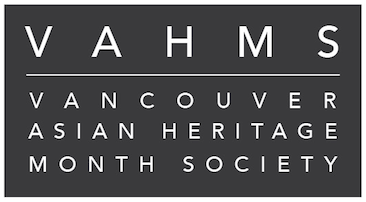
Exploration of Asian Arts & Culture in Canada
The Vancouver Asian Heritage Month Society is a registered secular non-profit organization with year-round programming in the arts and culture scene. Our mission is to foster, promote and celebrate the arts and cultural diversity that Asian-Canadian communities bring to Canadian society.
For more than 30 years, VAHMS has worked closely with local Asian-Canadian communities and organizations that support our vision of becoming the main hub for celebrating Asian-Canadian arts and culture in the Metro-Vancouver area. Our signature project is explorASIAN, a Metro-Vancouver festival showcasing pan-Asian Canadian arts and culture during Asian Heritage Month in May.
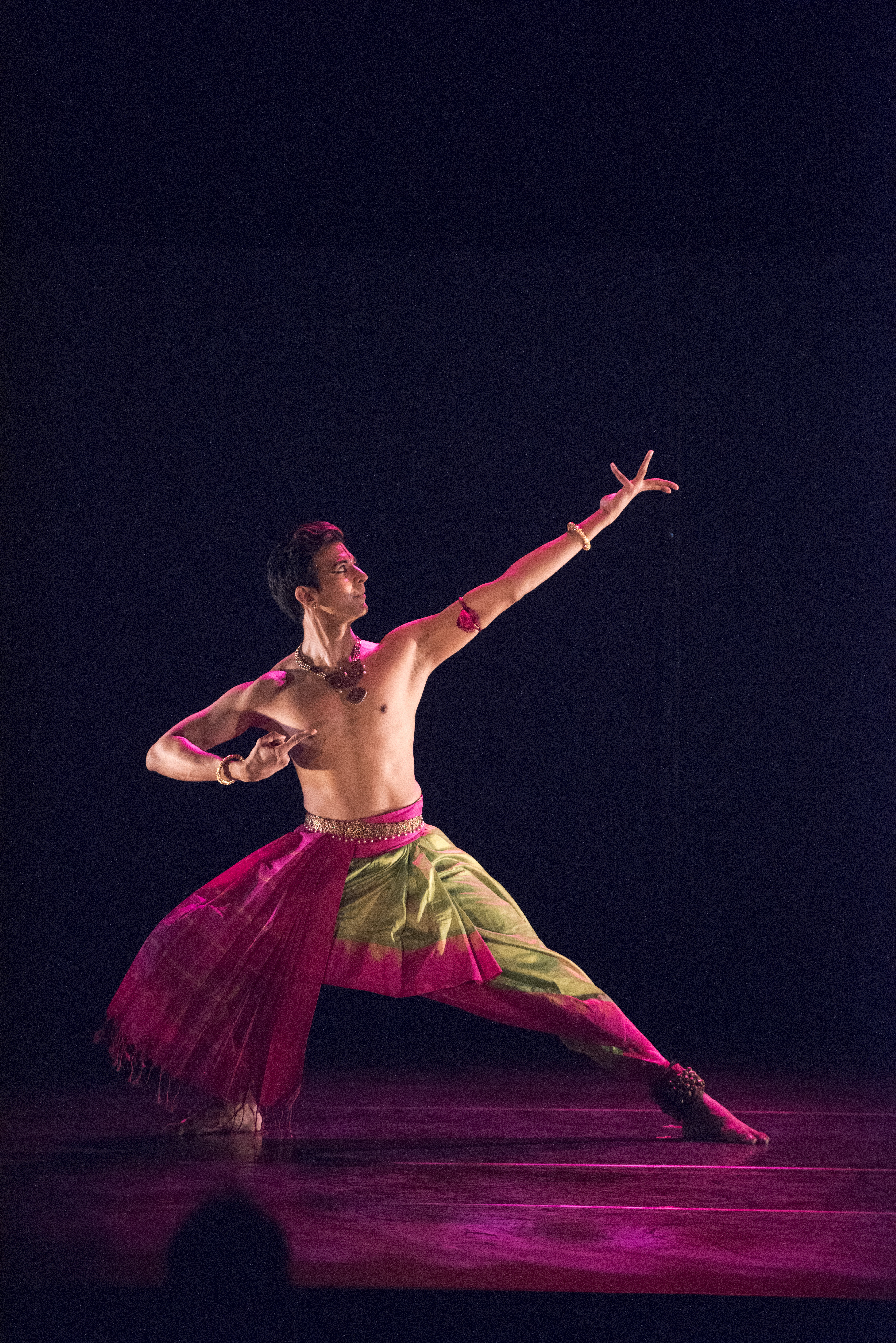



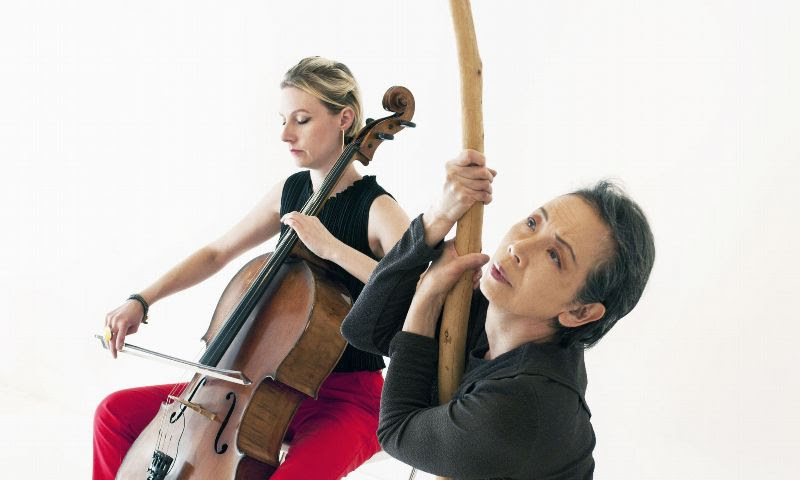
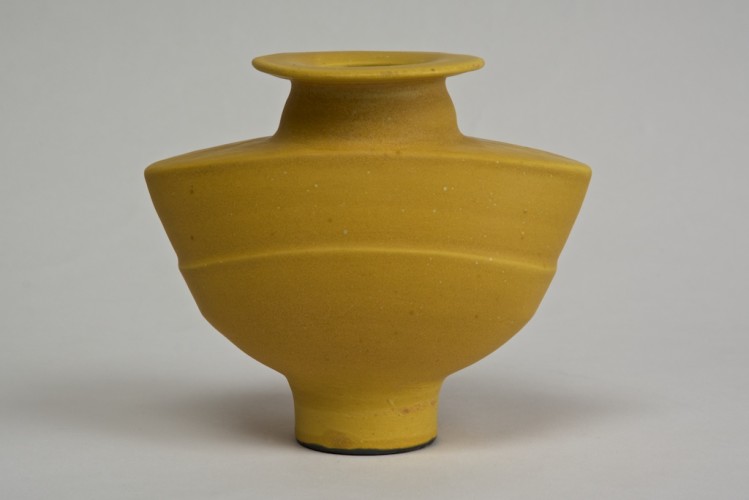

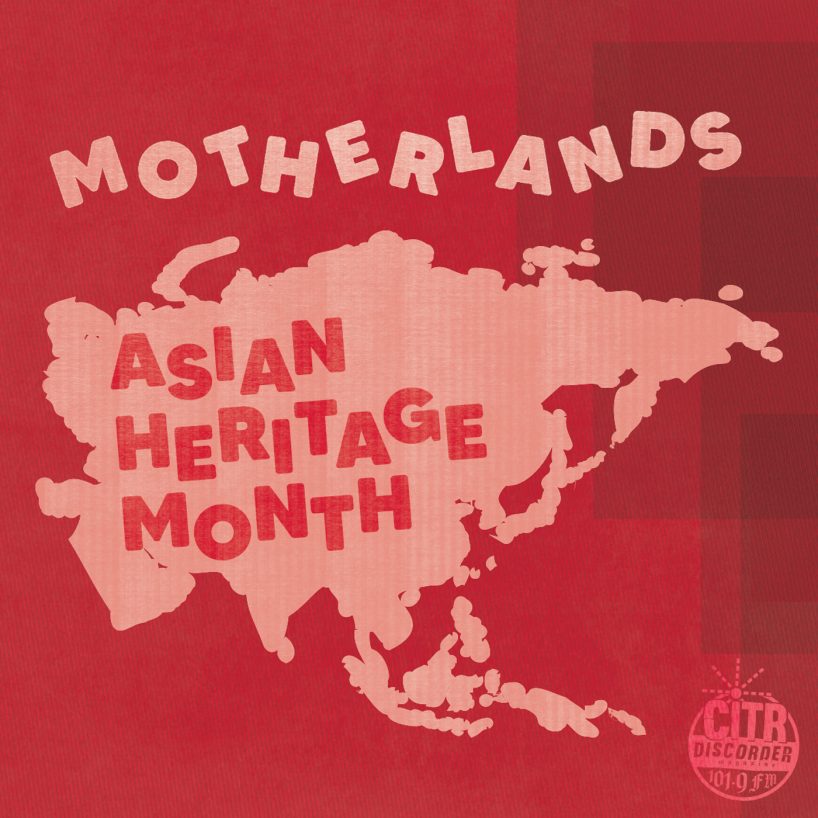

What We Do
- Educate the wider community about the importance of Asian-Canadian arts and culture in Canadian society
- Create opportunities for Asian-Canadians to network, collaborate and expand in public arts and cultural spaces
- Facilitate and promote explorASIAN, a Metro-Vancouver festival showcasing pan-Asian Canadian arts and culture during Asian Heritage Month in May
- Provide a safe platform to address critical issues facing Asian-Canadians and discuss solutions to foster inclusion and diversity in Canadian society
Our Values
- Equitable collaboration
- Diversity of ideas
- Inclusive and accessible cultural landscape
- Kindness and openness
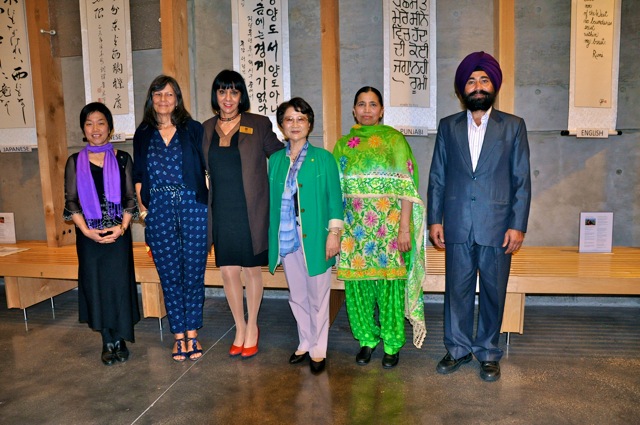
Our History
VAHMS was founded in 1996 by Jim Wong-Chu Mishtu Banerjee, Mo-Ling Chui, Grace Eiko Thomson and Winston Xin, following the beginning of Asian Heritage celebrations in the USA and Toronto, Canada.
In 2001, Senator Vivienne Poy proposed a motion in the Senate to officially recognize Asian Heritage Month in the month of May. Other Canadian cities celebrating Asian Heritage Month include Victoria, Calgary, Edmonton, Winnipeg, Montreal, Toronto, Ottawa, Halifax and Fredericton.
Learn more about VAHMS’ 25+ year history by checking out our VAHMS Retrospective.
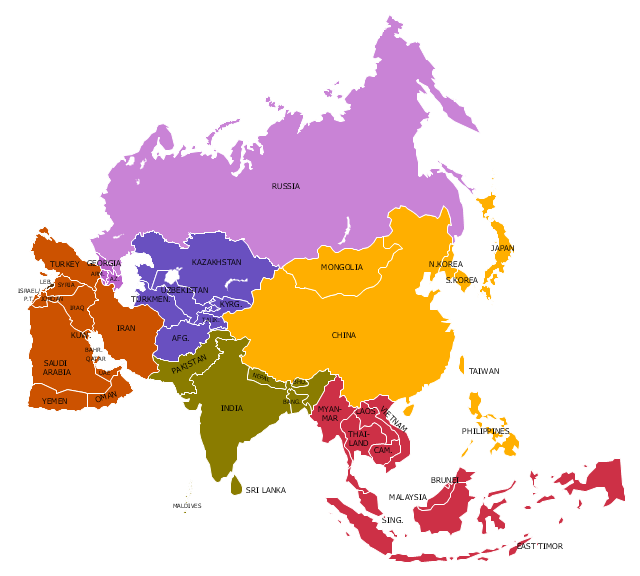
Asian Canadian Cultures in Canada Include…
- East Asia: China, Japan, Korea, Mongolia, Taiwan
- South East Asia: Brunei, Cambodia, Indonesia, Lao PDR, Malaysia, Myanmar, Philippines, Singapore, Thailand, East Timor, Vietnam
- South Asia: Bangladesh, Bhutan, India, Maldives, Nepal, Pakistan, Sri Lanka
- Western Asia: Armenia, Azerbaijan, Bahrain, Cyprus, Georgia, Iran, Iraq, Israel, Jordan, Kuwait, Lebanon, Oman, Qatar, Saudi Arabia, State of Palestine, Syria, Turkey, United Arab Emirates, Yemen
- Central Asia: Afghanistan, Kazakhstan, Turkmenistan, Uzbekistan, Tajikistan
